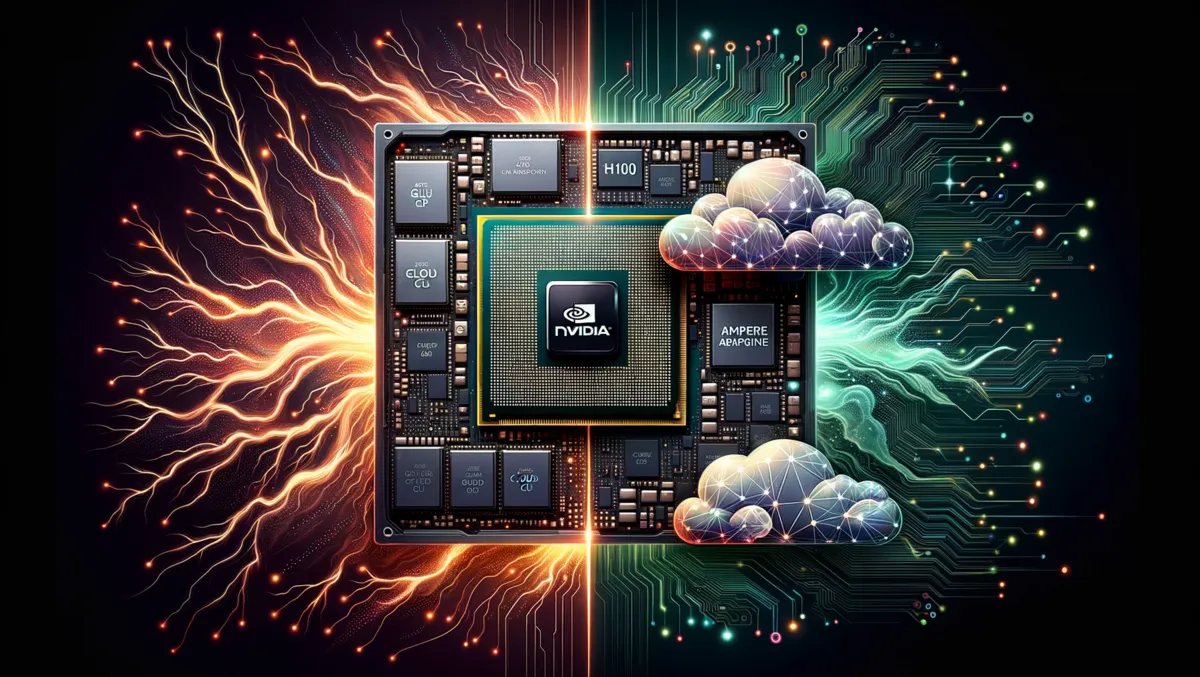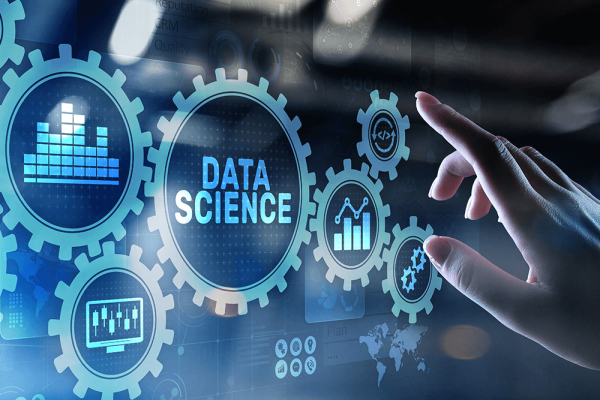How GPU-Accelerated Cloud Computing Services Are Redefining Business Operations
In recent years, cloud computing has revolutionized how businesses operate by offering scalable, on-demand computing resources. However, as data processing needs grow, businesses are increasingly seeking even more powerful solutions to keep pace with modern workloads like artificial intelligence (AI), machine learning (ML), big data analytics, and complex simulations. Enter GPU-accelerated cloud computing services—an advancement that is now reshaping the way businesses handle data and run applications.
By leveraging the immense computational power of Graphics Processing Units (GPUs), businesses across sectors can drastically speed up processes, reduce costs, and enable more sophisticated data analysis. This article explores how GPU-accelerated cloud computing services are redefining business operations and what it means for the future of enterprise technology.
The Role of GPUs in Cloud Computing
GPUs, originally developed to render graphics in video games and visual applications, have since evolved into powerful processors capable of performing complex mathematical calculations at incredible speeds. Unlike traditional Central Processing Units (CPUs), which are optimized for single-threaded, sequential tasks, GPUs are designed to handle parallel workloads. This ability to process thousands of threads simultaneously makes them ideal for tasks that require massive computational power, such as AI, ML, 3D rendering, and data analysis.
In cloud computing, GPUs are paired with the flexibility and scalability of cloud services, creating GPU-accelerated cloud platforms that can cater to businesses of all sizes and industries. These services allow businesses to access powerful GPU resources on demand, without the need for upfront investment in costly hardware.
1. AI and Machine Learning: Fueling Innovation with GPU-Accelerated Cloud
Artificial intelligence and machine learning are two of the most significant areas where GPU-accelerated cloud computing is making a difference. Training AI models, especially deep learning networks, requires vast amounts of data and computational power. Traditional CPU-based cloud services often fall short in meeting these needs due to their limited capacity for parallel processing.
GPU-accelerated cloud platforms, on the other hand, can process huge datasets simultaneously, drastically reducing the time it takes to train complex AI models. This accelerated training allows businesses to experiment with more sophisticated algorithms, improve predictive accuracy, and bring AI-powered products to market faster.
For example, a company developing an AI-based recommendation engine can now train and deploy its models in days instead of weeks, allowing it to rapidly adjust to consumer preferences. In finance, GPUs enable real-time fraud detection by processing and analyzing large volumes of transaction data at speeds unimaginable with CPU-based infrastructure.
2. Big Data and Analytics: Driving Faster, Deeper Insights
As data continues to proliferate, businesses are increasingly reliant on data analytics to drive decision-making. However, processing vast amounts of structured and unstructured data can be time-consuming and resource-intensive. With the help of GPU-accelerated cloud computing, businesses can significantly reduce the time needed to perform complex data analytics tasks.
GPUs excel in large-scale data processing because they can handle multiple calculations simultaneously, enabling faster analysis and deeper insights. For instance, a retail company can use GPUs to analyze customer purchasing patterns, providing real-time insights into buying behavior and allowing for more personalized marketing efforts. Similarly, manufacturers can leverage GPU-accelerated analytics to optimize supply chain management, predict machine maintenance needs, and increase operational efficiency.
By delivering faster results, GPU-powered cloud computing allows businesses to act on insights quickly, providing a competitive edge in fast-paced industries where timely decisions can make all the difference.
3. Improving Graphics-Intensive Applications
One of the original use cases of GPU computing, rendering graphics-intensive applications, remains a significant area where GPU-accelerated cloud computing services shine. Industries such as entertainment, architecture, engineering, and gaming rely heavily on rendering and simulation, which can require vast computational resources.
GPU-accelerated cloud services allow these businesses to render 3D graphics, simulate complex models, and create visually stunning projects more efficiently. Animation studios can now produce high-quality visuals faster than ever, while architectural firms can create detailed simulations of their designs with greater precision.
Additionally, GPU acceleration enables virtual desktop infrastructures (VDI), allowing users to access high-performance computing environments remotely. This has particular value for industries that require powerful hardware for tasks like video editing, CAD design, and 3D modeling, giving employees access to high-end resources from anywhere in the world.
4. Autonomous Vehicles and Robotics
GPU-accelerated cloud computing services are also playing a critical role in the development of autonomous vehicles and robotics. These systems rely on complex algorithms to process data from sensors, cameras, and LIDAR systems in real-time. GPUs’ parallel processing capabilities enable these devices to interpret large amounts of data almost instantaneously, making real-time decision-making possible.
For businesses in the automotive and robotics sectors, the ability to train, test, and refine algorithms using GPU-powered cloud platforms can dramatically shorten development cycles. This reduces the time it takes to bring new innovations to market while improving safety, efficiency, and performance.
Conclusion
GPU-accelerated cloud computing services are transforming the way businesses operate by delivering the computational power necessary to handle increasingly complex workloads. From accelerating AI and machine learning to enabling faster data analytics, improving graphics-intensive applications, and supporting innovations in autonomous systems, GPUs are redefining what is possible in the cloud.
As more businesses adopt these technologies, they will gain a competitive advantage by streamlining operations, improving decision-making, and bringing new products and services to market faster. The future of AI cloud computing is undoubtedly GPU-accelerated, and businesses that embrace this shift will be well-positioned to thrive in an increasingly data-driven world.








